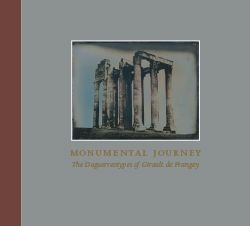Veduta dell'Anfiteatro Flavio detto il Colosseo, from: 'Vedute di Roma' (Views of Rome)
Giovanni Battista Piranesi Italian
Not on view
Piranesi's thorough familiarity with the Colosseum—he had already produced three views of this most famous of Roman ruins—and his skill at perspective rendering allowed him to produce this magnificent view of the ancient amphitheater seen as if from the air. By allowing the monument to fill the entire sheet of paper and by placing tiny figures in the center of the image, Piranesi effectively conveys the vastness of the ruin, while the bird's-eye view reveals the plan and exposes the structure. Piranesi's labels are indicative of his antiquarian research; they inform us of the location in which each rank of Roman society would have been seated, from the emperor and his court to the noble youth with their teachers. The overall darkness of the image, while characteristic of Piranesi's late Vedute, gives the impression that the Colosseum is lit by the moon—we know that Piranesi studied ruins under such conditions. Only the center of the theater is illuminated, where tiny figures gather around the monumental cross. This crucifix, together with the stations of the cross that surround the arena, were added by Pope Benedict XIV in 1743 to sanctify the space in which it was believed that many early Christians had been martyred.
This image cannot be enlarged, viewed at full screen, or downloaded.



